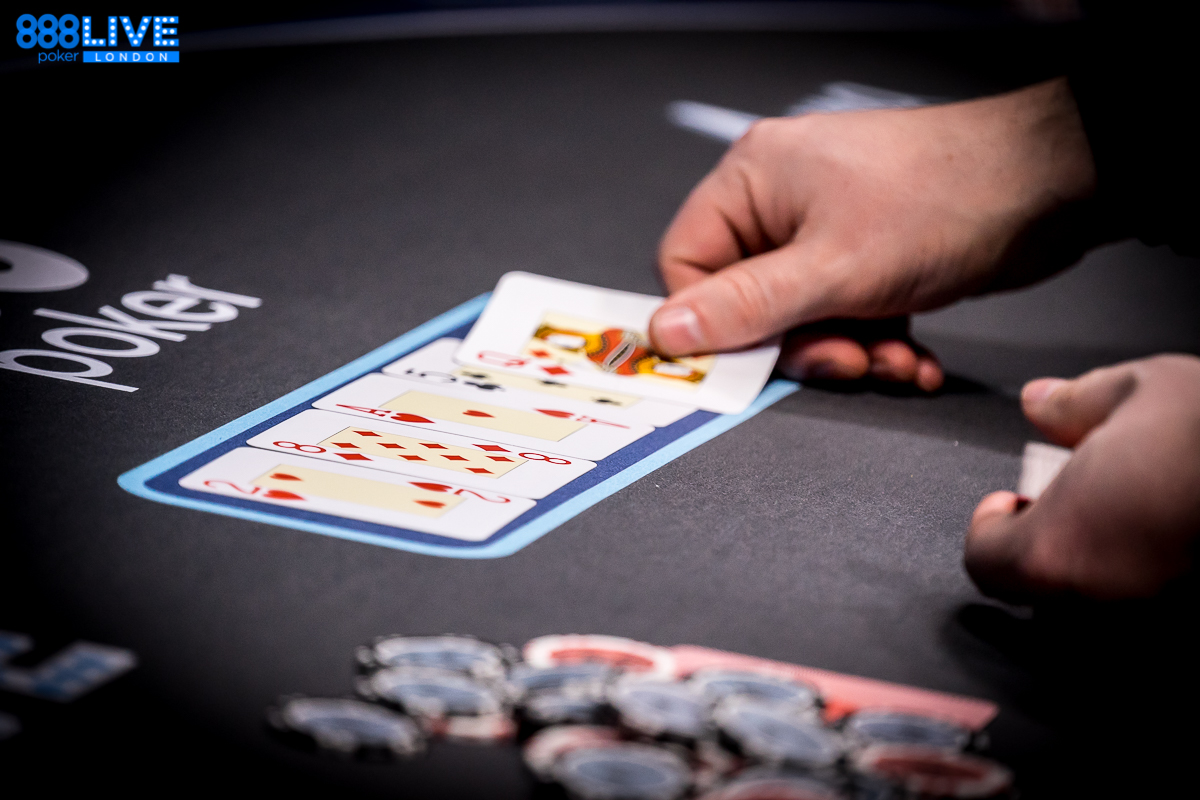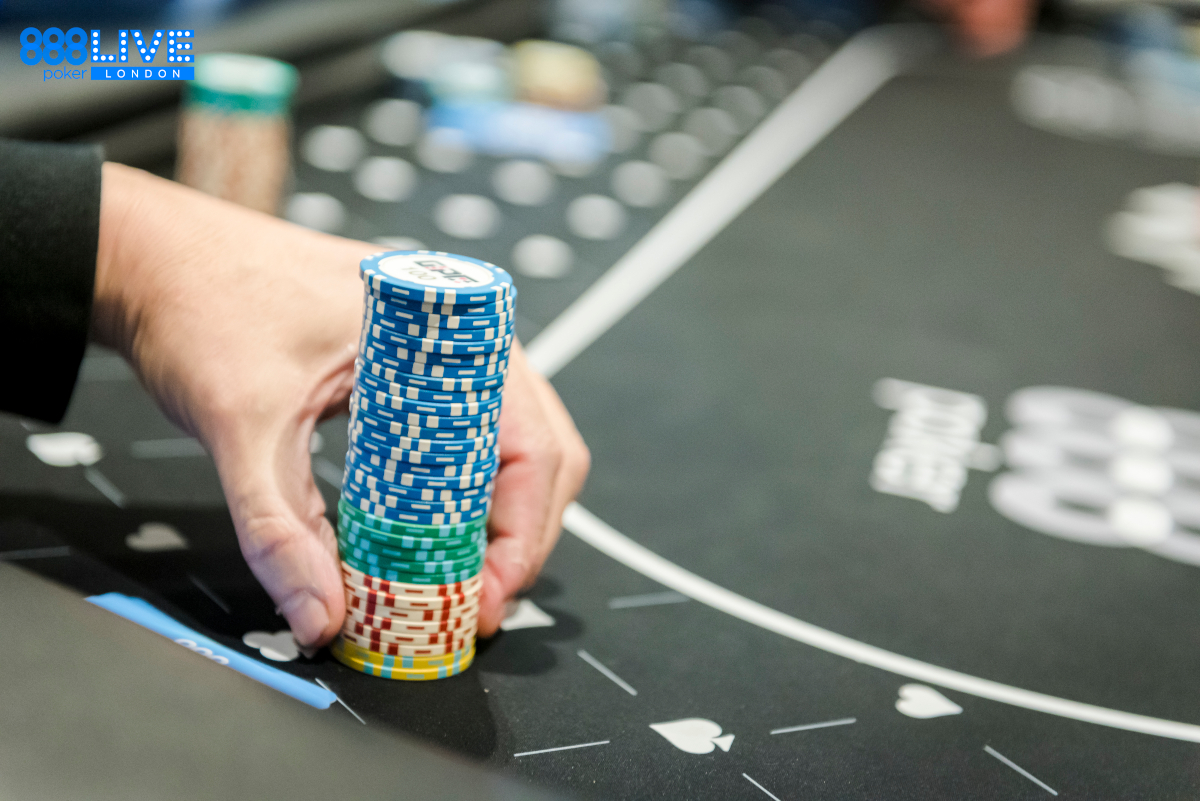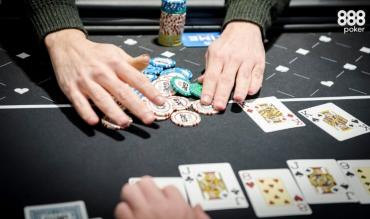If you’ve spent time following poker YouTube or Twitter, it may seem like everyone is a winner. Their graphs and spreadsheets boast numbers that would make anyone drool. YouTube vlogger Mariano says he’s up more than 500k this year.
His friend Ethan ‘Rampage Poker’ Yau? His wins tally over 1 million. (Not to mention their content creator day jobs).
But not everyone is sporting six and seven-figure scores. Even big-time online pros like ‘AllInPav’ had a rough 2022 (he was down, for example, $121K).
2022 RESULTS:
— Pav (@ALLinPav) December 31, 2022
ATL: -$156,328.78
ATH: +$14,700.92
Total: -$121,903.2
Detailed stats & thoughts below 👇🧵 pic.twitter.com/ZpLpyBIGVS
If last year didn’t yield the results you had hoped to mane - have no fear: 2023 is here! Now is a fresh start – a prime opportunity to prove yourself and deliver some big wins.
Let’s make becoming an absolute BEAST at poker your New Year’s resolution!
Seven Ways to Improve Your Game in 2023
But you must be honest with yourself. A true mark of a good poker player is someone who can make accurate, honest assessments. The ability to evaluate the situation earnestly and thoroughly is a unique skill – even when it means receiving feedback you don’t always want to hear.
Maybe you missed a bet, sized too small, or bluffed an un-bluffable player. Learning how to make thoughtful critiques can be a game-changer - especially if you can turn those criticisms inwards.
The first step in upping your game is recognising areas with room for improvement.
Here are the top seven common trouble spots.
1. Not betting flops enough. It can be scary to bet a flop where you completely whiffed and didn’t connect at all – no pairs, straights, or flushes! Our instinct tells us to check and take a free card with our Queen-Jack when the flop is K-2-2.
But remember: your opponent probably didn’t hit either. They are going to ‘miss’ the flop two-thirds of the time! Most people play ‘fit or fold’ poker – they only stick around if they hit something. So, keep this in mind and elevate your flop betting frequency.

2. Not betting turns enough. Did you try bluffing the flop, but your opponent still isn’t convinced? This scenario is totally normal. For a bluff to be effective, it will often take more than one ‘street’. You may need to bet more than once to get your opponent to relinquish their hand.
For example, in our K-2-2 scenario, our opponent may call one bet with a pair of eights. But they’ll fold to a second bet, even if the turn card is inconsequential, like a seven or nine. A common complaint is, “People don’t fold to my bets!” when they only tried betting once.
For a story to be believable, you will likely need to bet twice (or even three times! But be cautious here, and see #3…)
3. Betting rivers too much. While most people under-bluff flops and turns, be very careful when executing a river bluff. If an opponent has been calling your bets to the river, they likely have a reasonably strong hand.
If you bluff flops 80% of the time, it would be perfectly acceptable to bluff rivers only 20% of the time. When playing against the average low-stakes player, bluffing all three streets – flop, turn, and river – is lighting money on fire!
4. Betting rivers too small. We've already discussed that people don't like to fold when it comes to the river. They are almost always calling. If they call most bets, why not go for max value when you hit?
Don’t be afraid to make a full pot-size bet with your good hands. If your opponent is calling $200, they’re probably calling $400 - perhaps even an all-in for $500 or $600.
One of the things that separates the amateurs from the poker pros is being able to go for gold and value-bet effectively (heavily).

5. Bluffing the wrong person. No matter how well-constructed your bluff, it’s not going to work against particular people. You may be representing a flush, straight, overpair, or any other mega-strong holding, but some people are simply un-bluffable.
Before asking yourself, “Is this a good time to bluff?” ask yourself, “Is this a good person to bluff?”
Some people sit at a poker table because they want to be heroes and would rather make ten bad calls than one bad fold.
6. Calling too frequently. The vast majority of people bluff far too little. You should likely amp up your bluffing frequency but don’t assume other people are bluffing too often. Make a goal for 2023 to pay off people less.
Good players allow themselves to be bluffed. For the occasional time when you fold the best hand, there will be countless times when you made the right fold. Spare yourself the hero calls – save yourself most of the money.
7. Getting bad advice. Asking for feedback at the poker table – “do you call there?” – is a great idea… sometimes. And you should only do this if you are speaking to competent players. Otherwise, it can backfire. Whether online or live, make sure you get poker input from people you respect.
These are many of the areas for people to nip and tuck. If you can incorporate these changes, you will undoubtedly succeed in poker. Most players aren’t thinking things through this thoroughly.
- They aren’t trying to fine-tune their river bet size for max value.
- They’re happy to have won the hand and get paid.
- Or they are not thinking of who they are up against and instead concentrating on the cards.
But you can use these strategies to separate yourself from the pack and make 2023 your breakout year.


